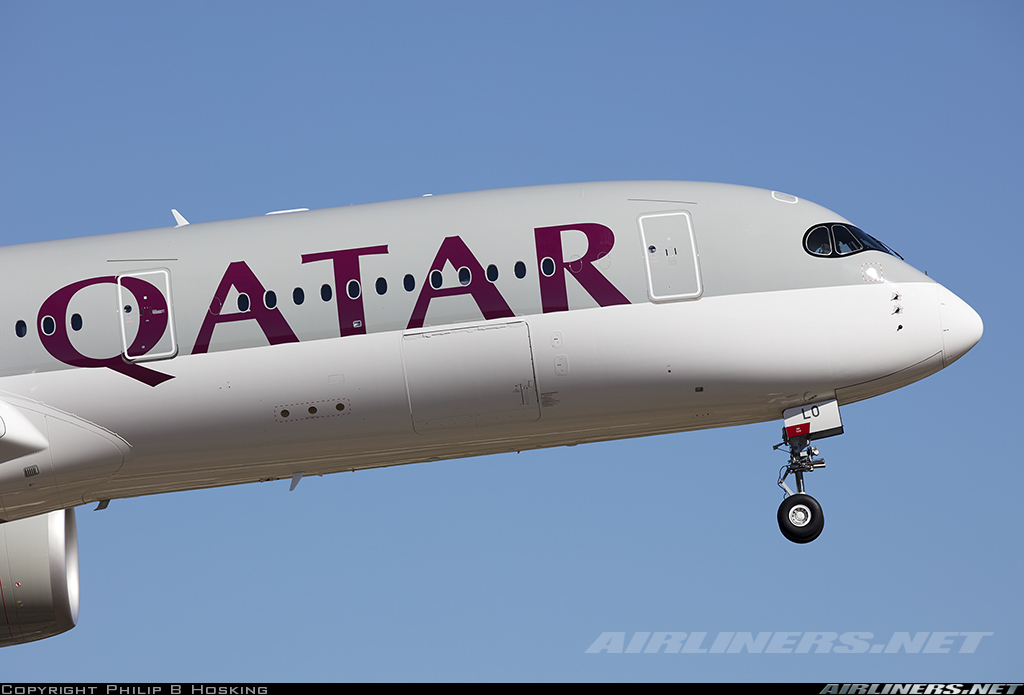estorilm wrote:zeke wrote:crimsonchin wrote:Thanks! So, what does the 787 use instead?
The 787 has six static ports, three pitot probes, and two angle–of–attack vane and one one total air temperature probe.
The 787 does not have the same amount of data coming into the Air Data Reference System as the A350 does, it also does not have the same system redundancy. The A350 basically has 3 independent primary systems plus another independent backup system, plus the ability to use the air data computers on each engine.
This is fascinating to me, and as always some great insider information from you, Zeke!
Can you elaborate a little on the redundancy usage of the sensors, particularly the air data information obtained at the engine level?
Are you saying that in the event of some sort of pitot heat failure/ice (then again I imagine these multi-sensors are totally different in design) or ice-over, breaking off, whatever - of all three "multi" sensors, that the computers are actually capable of (and programmed to) use the remaining data from the engine system sensors to allow aircraft flight control computers to continue functioning? Does it retain any flight envelope protections? I'd imagine not at that point, with three systems already inop.
In any event, that's really impressive, and seems FAR beyond what would be expected during the design phase. Like someone came along one day and said, "hey, we've got the data the engines are using - it's basically what the flight control computers use too.. what if we made it available in case something ever happened."

Expanding on Zeke's post, A350 air data architecture and redundancy basically works like this. (Hoping I haven't missed anything.)
ADR (Air Data Reference) is part of the ADIRUs. ADIRUs 1, 2 and 3 each use one multifunction probe providing total pressure, total temperature and angle of attack, two static ports providing static pressure and one side slip angle probe. In addition, two OAT probes give static temp on the ground and during TO and landing. (OAT 1 gives data to ADIRU1, while OAT2 gives data to ADIRUs 2 and 3.)
A fourth AoA probe gives raw data AoA to the flight computers.
In normal operation, ADIRU 1 data is on the Captain's PFD, while ADIRU 2 data is on the F/O PFD.
If you lost 1, 2 or 3, you'd still have 2 independent "main" systems. If you lost two out of three, you'd still have one air "main" data system. Switching is automatic or manual.
If you lost all three systems, ISIS data would be used, and since the PRIMs have rejected all ADR data as invalid, flight control reverts to Direct Law. ISIS uses a standby pitot probe and two standby static probes. ISIS data is displayed on the standby instrument.
In case even ISIS is lost, air data from the engines is used. The engines have their own probes. As you can probably infer from the above, chances are slim of getting to this point.




